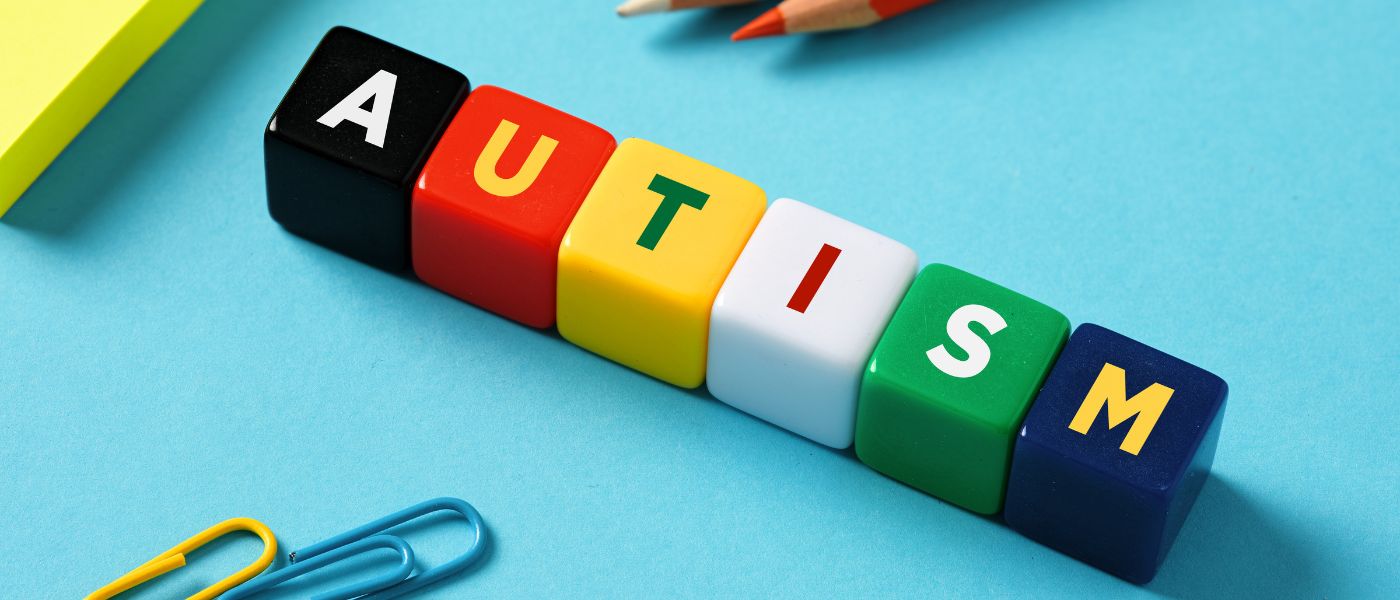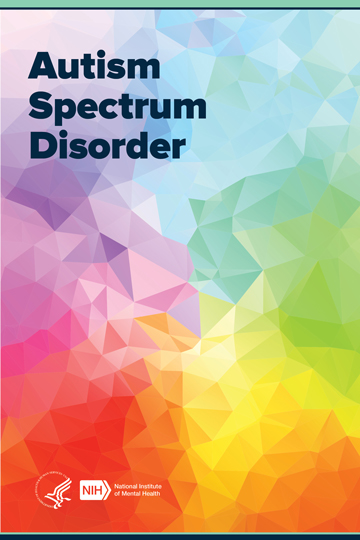Innovative Treatments and Treatments: Breakthroughs in Autism Research Study
Innovative Treatments and Treatments: Breakthroughs in Autism Research Study
Blog Article
Discovering Autism: Methods for Effective Interaction and Communication
Efficient communication and interaction with individuals on the autism range require a detailed understanding of their unique needs and preferences. The complexities of these methods expose further considerations that merit expedition, specifically in how they can be adjusted to individual experiences and diverse contexts.
Comprehending Autism Spectrum Disorder
Autism Range Condition (ASD) includes a range of neurodevelopmental problems identified by difficulties in social interaction, interaction, and repeated behaviors. The term "spectrum" mirrors the diverse indications and differing degrees of intensity experienced by people with ASD. While some might display substantial impairments, others might present high-functioning characteristics, enabling for higher independence in life.
The beginning of ASD usually happens in very early youth, with indications often recognizable by age 2. Very early indications might consist of delayed speech growth, minimal eye call, and difficulties in understanding social hints. Although the precise etiology of ASD stays vague, research recommends a mix of environmental and hereditary variables plays an essential duty in its advancement.
As an outcome, treatments and support customized to individual demands are essential for cultivating communication and social abilities. Recognizing the complexity of ASD is essential for advertising recognition, acceptance, and reliable strategies that promote meaningful communications with people on the spectrum.

Value of Clear Communication
Effective interaction is important for promoting understanding and connection, especially for individuals with Autism Range Problem (ASD) Clear communication not only helps with social interactions but also enhances the person's ability to reveal their feelings, requirements, and ideas. For individuals with ASD, the subtleties of language can usually be challenging; for that reason, using uncomplicated and unambiguous language is necessary.
Moreover, clear communication helps in reducing frustration and anxiety that might arise from misconceptions. When messages are conveyed in a consistent and direct manner, individuals with ASD are better furnished to analyze information properly, which can considerably boost their social interaction and participation in various setups.
Developing routines and utilizing aesthetic assistances can additionally boost clear interaction. These approaches supply people with foreseeable structures that aid comprehension and retention of info. Additionally, actively listening and being client throughout communications advertises an encouraging atmosphere where individuals with ASD really feel valued and recognized.
Inevitably, focusing on clear communication not just equips individuals with ASD but additionally cultivates more purposeful connections with their peers, caregivers, and the bigger area, paving the method for inclusive communications and collaborative connections. - autism
Non-Verbal Interaction Methods
Communication prolongs beyond words, and for individuals with Autism Spectrum Disorder (ASD), non-verbal cues play a substantial role in communications. Non-verbal interaction methods can include facial expressions, motions, body movement, and eye call, every one of which work as important parts for communicating intents and feelings.
Understanding and analyzing these non-verbal signals can boost communications with people with ASD. For example, a cozy smile or open posture can produce an inviting environment, urging involvement. Making use of aesthetic help-- such as picture cards or symbols-- can link communication spaces and help communicate messages extra successfully.
It is also essential to be conscious of individual space, as individuals with ASD might have different comfort degrees relating to closeness. Observing their reactions to physical nearness can notify ideal modifications.

Developing Supportive Settings
Developing a supportive atmosphere is critical for promoting favorable interactions and enhancing the well-being of people with Autism Spectrum Condition (ASD) Such settings can significantly lower anxiousness and develop a feeling of safety, enabling individuals to share themselves a lot more freely.
To attain this, it is necessary to take into consideration sensory level of sensitivities that people with ASD may experience. Customizing the physical area to include soft illumination, very little background sound, and comfy seats can develop a relaxing environment. Additionally, making use of constant routines and clear aesthetic routines can help individuals prepare for changes and lower uncertainty, additional advertising convenience.
Social spaces check here must be structured to minimize frustrating stimulations while providing opportunities for involvement in favored activities. Promoting locations assigned for silent time can additionally work as a sanctuary during moments of stress and anxiety. Importantly, incorporating elements of option empowers people, permitting them to work out firm in their environment.

Urging Social Interactions
Promoting social communications amongst people with Autism Spectrum Disorder (ASD) requires intentional methods that focus on comfort and interaction. Establishing foreseeable routines can aid minimize anxiety, making social setups a lot more friendly. Producing organized atmospheres with specified responsibilities and roles enables people to involve without the overwhelming pressure of unstructured social characteristics.
Incorporating passions and toughness into social tasks can act as a stimulant for interaction. Arranging group tasks around shared leisure activities or subjects of fascination can assist in natural conversations and links. In addition, using aesthetic supports, such as photographic timetables or social scripts, can assist in understanding social signs and assumptions.
Modeling proper social actions is critical - autism. Grownups and peers ought to demonstrate efficient communication methods, consisting of energetic listening and turn-taking. Role-playing circumstances can also offer a safe area for people to exercise these abilities
Last but not least, fostering peer connections through inclusive methods is crucial. Encouraging inclusive playdates or team getaways can develop chances for socializing in a comfy setup. link By applying these instructors, approaches and caretakers can dramatically improve social communications for individuals with ASD, advertising their total social development and well-being.
Final Thought
To conclude, reliable communication and interaction strategies are essential for supporting individuals with Autism Spectrum Problem. Stressing clear language, integrating non-verbal cues, and developing foreseeable routines significantly boost interaction and minimize anxiousness. Creating encouraging atmospheres cultivates risk-free social communications, while urging shared interests assists in purposeful links. Inevitably, these strategies equip individuals with autism to browse social landscapes, promoting their overall wellness and making it possible for the development of long-term partnerships.
Efficient communication and communication with people on the autism spectrum demand an extensive understanding of their unique demands and choices. Clear communication not only helps with social interactions but additionally boosts the individual's capacity to reveal their feelings, ideas, and needs.Cultivating social communications among individuals with Autism Range Problem (ASD) needs intentional approaches that focus on comfort and interaction. By carrying out these instructors, methods and caretakers can substantially boost social communications for individuals with ASD, promoting their overall social advancement and health.
In final thought, reliable interaction and communication strategies are necessary for supporting people with Autism Spectrum Disorder.
Report this page